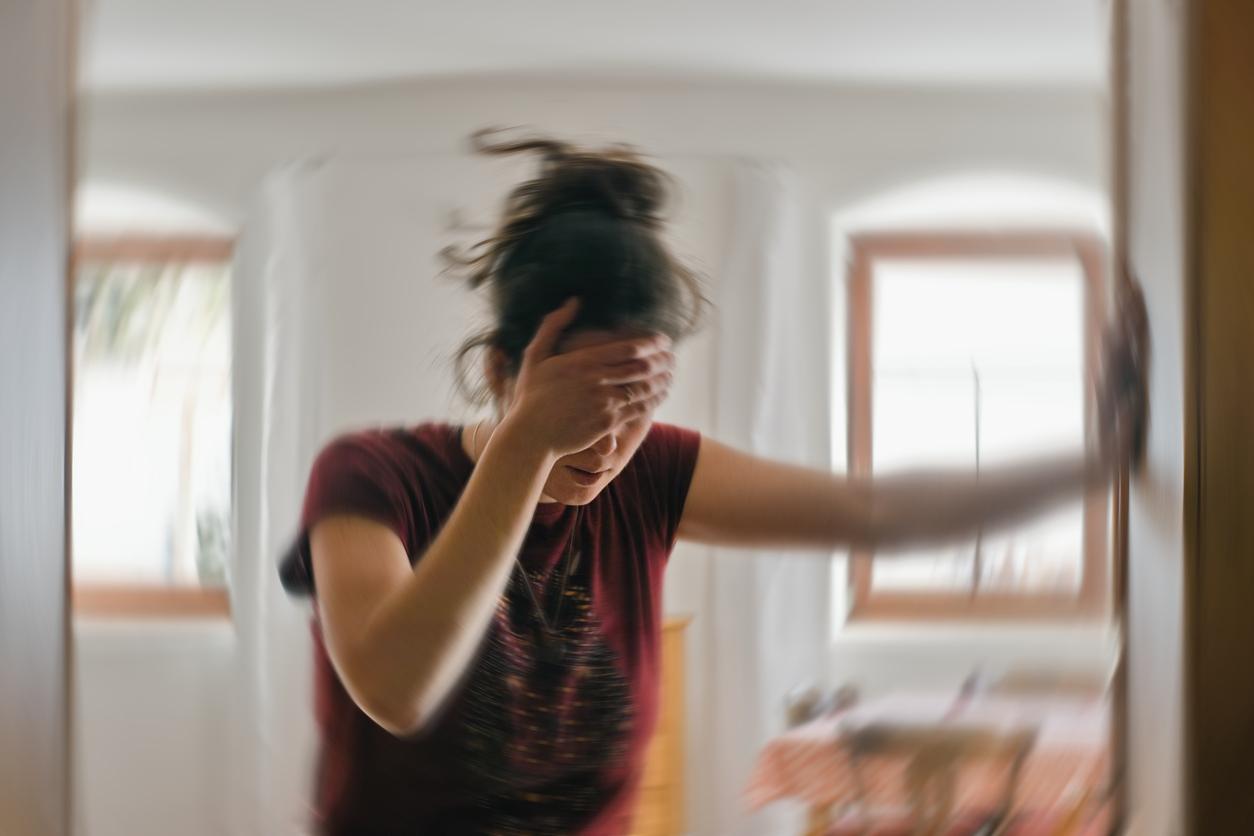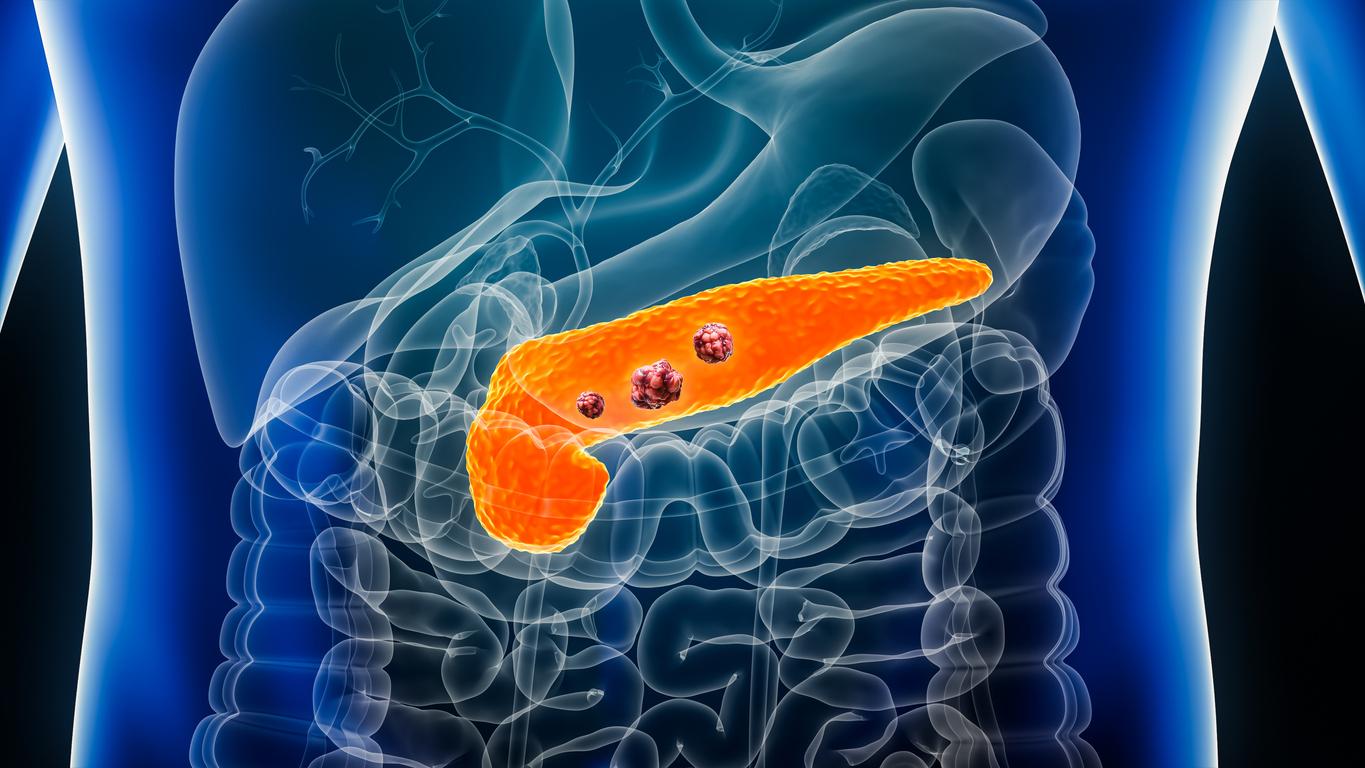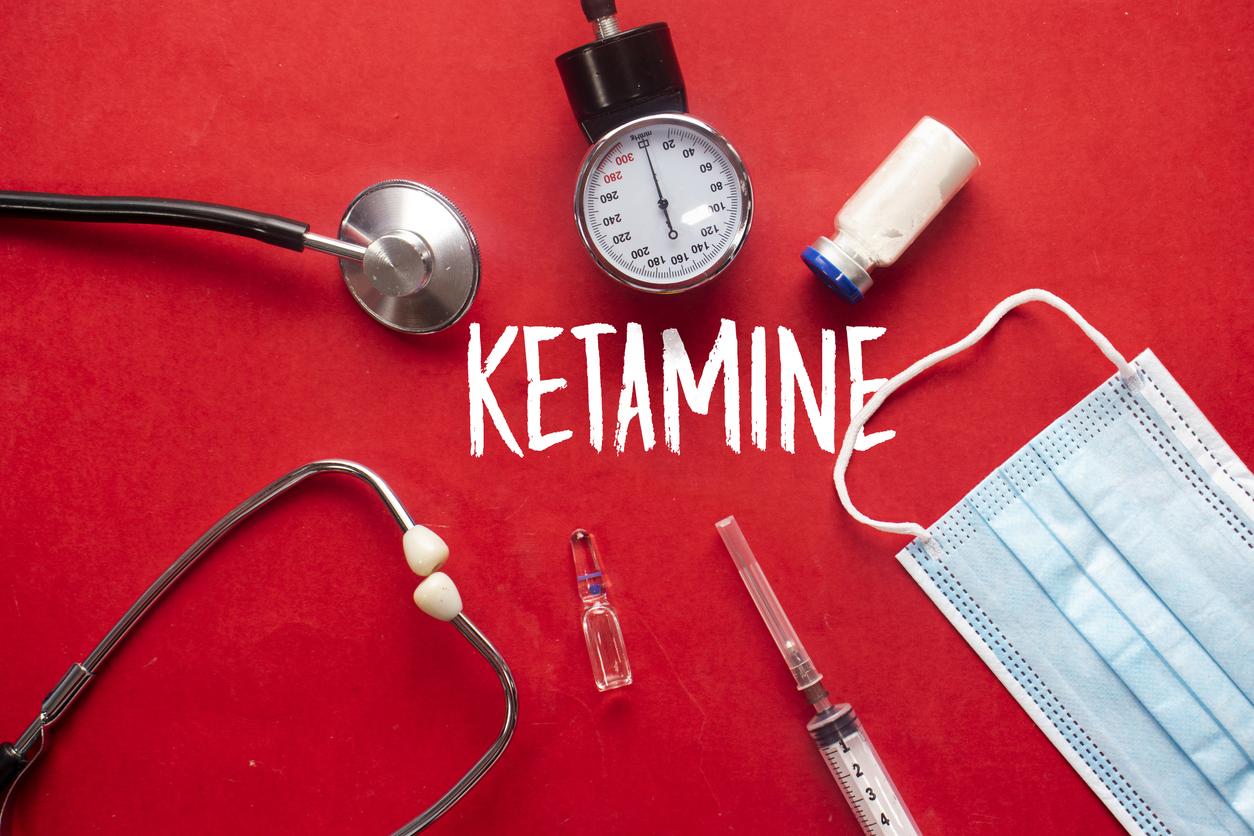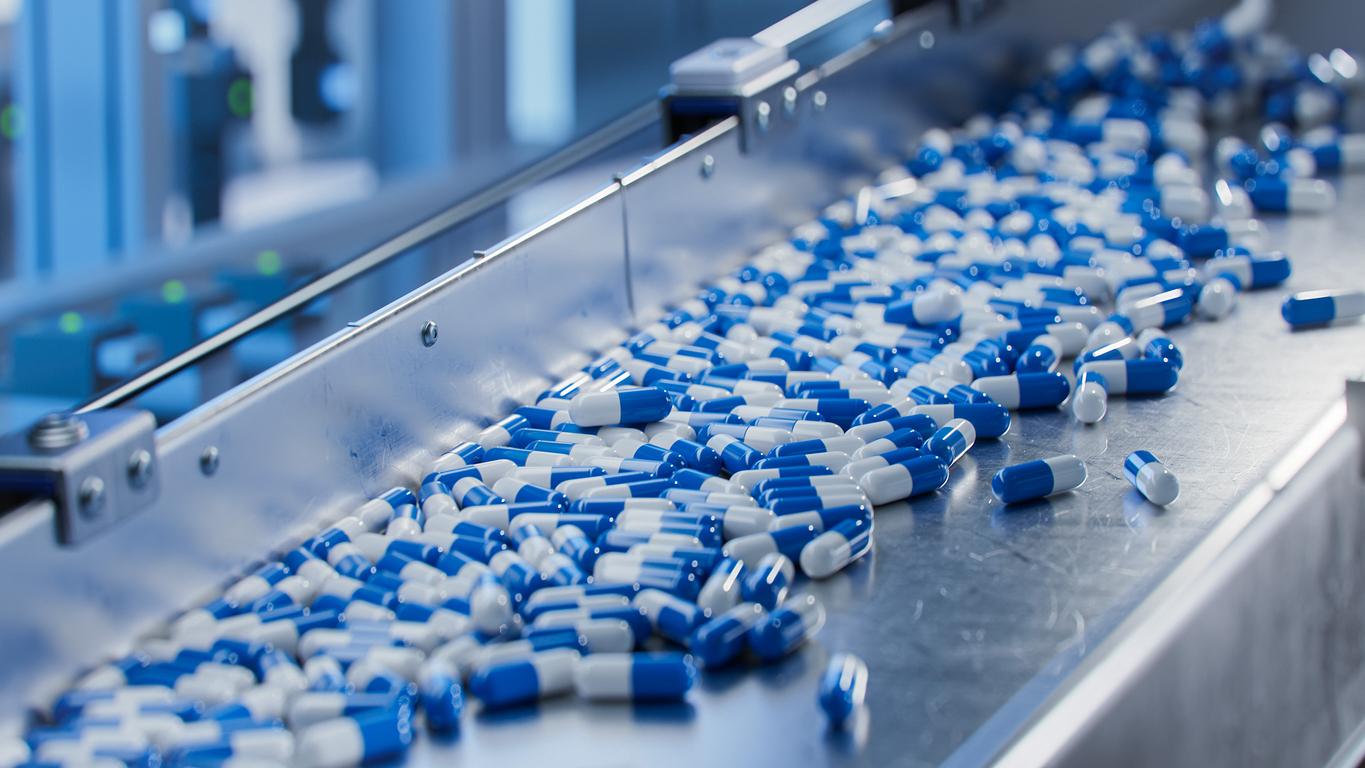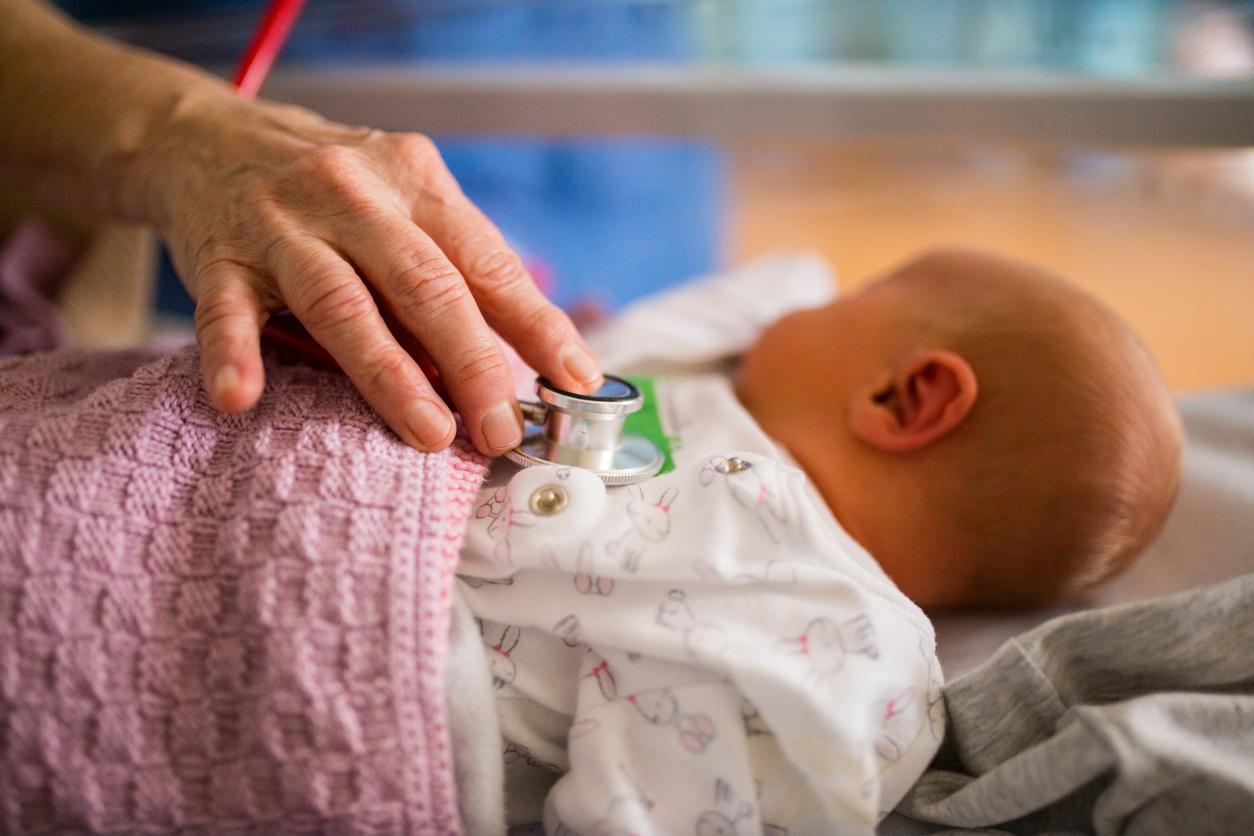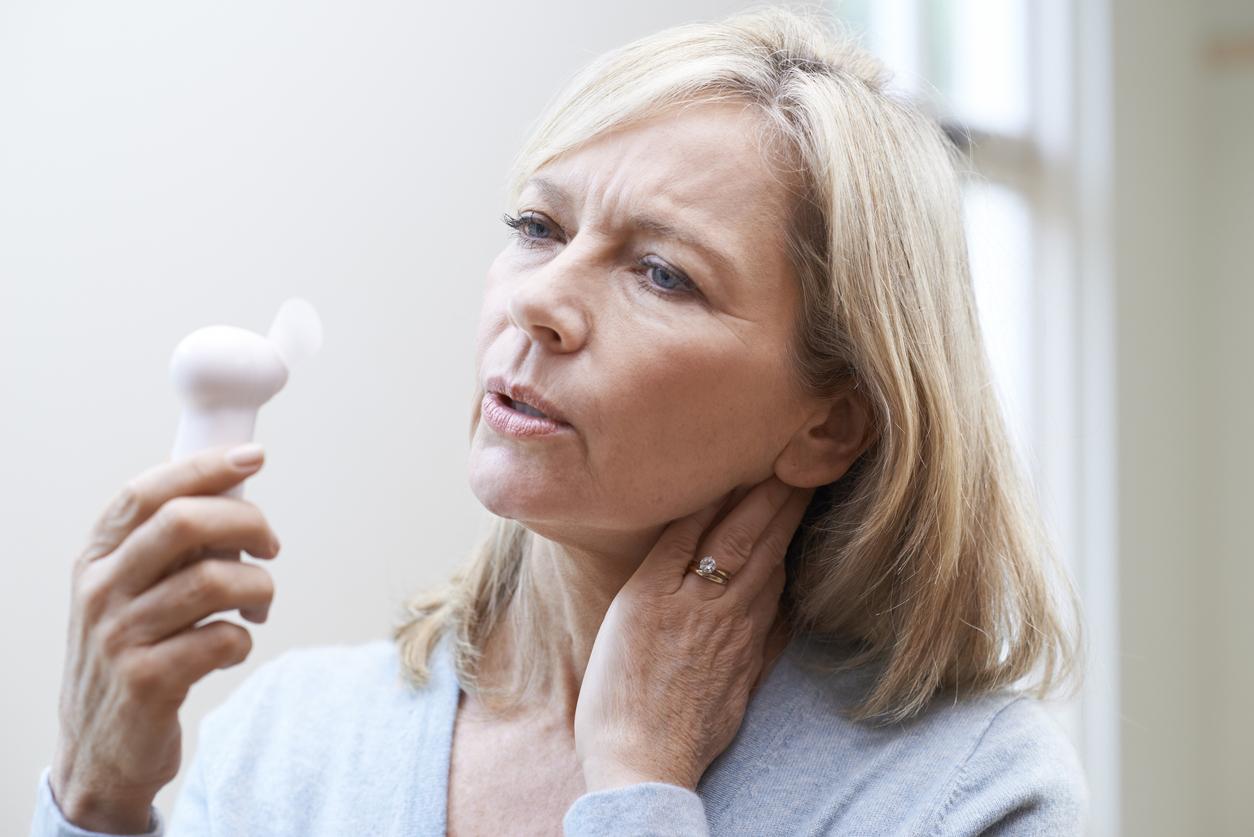Transcranial magnetic stimulation applied to both sides of the brain reduced depressive symptoms in patients usually resistant to treatment, in just 5 days.

- The scientists tested 20 sessions of transcranial magnetic stimulation (TMS) applied to both sides of the brain.
- These 20 sessions of 22 minutes were carried out in just 5 days.
- 48% of patients had a 50% reduction in their symptoms and, one month later, these benefits were still visible for 61% of them.
In approximately 30% of patients with depression, treatments are ineffective, according to the National Institute of Health and Medical Research (Inserm). This means that they therefore do not have an effective therapeutic response to manage the symptoms of this disorder. But the results of a study published in the journal Psychological Medicine could soon offer a new solution to these patients. The authors discovered that transcranial magnetic stimulation (TMS) applied to both sides of the brain reduced symptoms of depression as early as five days in treatment-resistant people.
Depression: 20 sessions of transcranial magnetic stimulation in 5 days
In depressed adults, one of the main characteristics is the underactivity of some regions, such as the dorsolateral prefrontal cortex, and the overactivity of others, such as the orbitofrontal cortex (OFC). STM is a treatment that involves sending magnetic pulses – or magnetic fields – to the brain to stimulate nerve cells. This is already used in the United States on the left side of the dorsolateral prefrontal cortex to treat depression. Improvements are visible after 20 sessions, usually administered over 20 to 30 days.
Thus, in this new study, the researchers tested this treatment, STM, in 20 sessions of 22 minutes but spread over only 5 days. Another change: They didn’t just apply it to one side of the brain, but to both sides. Thus, the participants were divided into three groups: STM applied to both sides of the brain, STM on the left side of the brain and a false STM on the right side, a gcontrol group who had sham STM on both sides of the brain.

A 50% reduction in depressive symptoms
Results: 48% of patients in the first group had a 50% reduction in their symptoms, compared to 18% in the second group and 4% in the last. One month later, 61% of participants in the first group still had a 50% reduction in their symptoms, and 59% for the second group. On the other hand, in the last group, they were only 22%.
“The treatment works faster because, by targeting two areas of the brain involved in depression, we effectively correct imbalances in two import processes, allowing brain regions to communicate properly with each other.”, explains Valérie Voon, professor in the department of psychiatry at the University of Cambridge, in a press release. Scientists will continue their research to determine which part of the orbitofrontal cortex to target to better treat depression.









